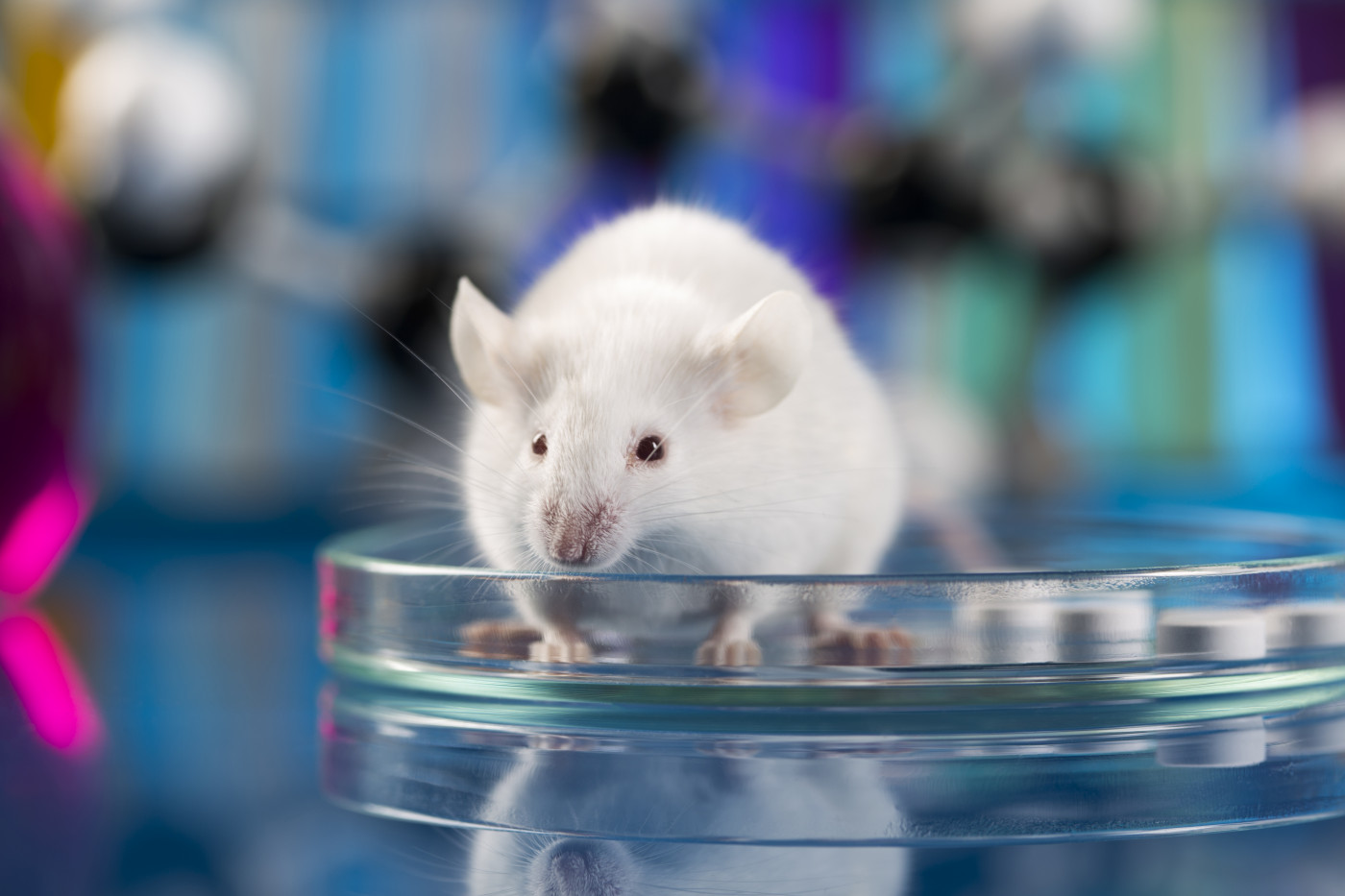Gene, Cell Therapy Combo Shows Promise for Treating Hemophilia A, Study Reports

A new combination of gene and cell-based therapy durably delivered therapeutic levels of factor VIII (FVIII) — the blood clotting protein missing or defective in people with hemophilia A — and eased bleeding in a mouse model of the disease, a study from the HemAcure Consortium shows.
The combination therapy, along with Sernova‘s under-the-skin (subcutaneous) delivery device Cell Pouch, also was successfully implanted in mice showing stable grafting of the corrected cells for up to 12 weeks.
The study, “Combined Gene and Cell Therapy for the Treatment of Hemophilia A within an Implantable Therapeutic Device,” was presented at the 23rd Annual Meeting of the American Society of Gene & Cell Therapy (ASGCT), recently held virtually. Further investigation is ongoing into the safety and efficacy of the grafted cells within the Cell Pouch device.
Supported by a nearly €5.6 million ($6.32 million) grant from the European Union’s Horizon 2020, a research and innovation program, the HemAcure project is an international collaboration of scientists. Based in Germany, Italy, the U.K., and Canada, these researchers are dedicated to the development of technologies for treating hemophilia A.
“The Horizon 2020 grant program enabled international experts and innovators in their field, including the Sernova team, to form the HemAcure Consortium to advance the next-generation cell-based regenerative medicine therapy aimed to improve the quality of life for people with hemophilia A,” Philip Toleikis, PhD, president and CEO of Canada-based Sernova, said in a press release.
Toleikis said the company was “excited” by the additional scientific updates its HemAcure team presented at the ASGCT annual meeting. Those updates “further supports Sernova’s technologies and their potential in a novel future therapeutic treatment for hemophilia A,” he added.
The researchers first isolated cells that line blood vessels, called endothelial cells, from patients with hemophilia A and healthy participants. In prior work, they had found that FVIII is produced in endothelial cells.
Using a harmless lentivirus — a slow virus with a long incubation period — as a vector, they then inserted an altered human form of the F8 gene, which codes for FVIII, into the endothelial cells.
The results showed that 80% of the corrected cells produced the FVIII form. Also, these cells had higher levels of FVIII than cells not receiving the therapy (24 vs. 4.5 nanograms/ml).
Using tiny carrier beads, endothelial cells were transplanted into the abdominal (peritoneal) cavity of mice engineered to mimic symptoms of hemophilia A. The corrected cells survived and secreted FVIII at therapeutic levels (12%) for up to 18 weeks, and also eased bleeding.
Then, corrected endothelial cells were grown on a large scale, showing no signs of chromosomal abnormalities or other safety signals. They were subsequently transplanted into a Cell Pouch implanted under the skin, and showed successful grafting up to 12 weeks.
While longer time points are needed to meet safety goals, an analysis of the implanted cells showed no signs that the inserted viral vector affected genes related to cancer.
The scientists said the results from experiments assessing FVIII RNA production in endothelial cells isolated from healthy people and patients, as well as in corrected cells, will soon be analyzed.
“These results pave the way for future clinical testing in [hemophilia A] patients by transplantation of … gene corrected [endothelial cells] within implanted device,” they wrote.






